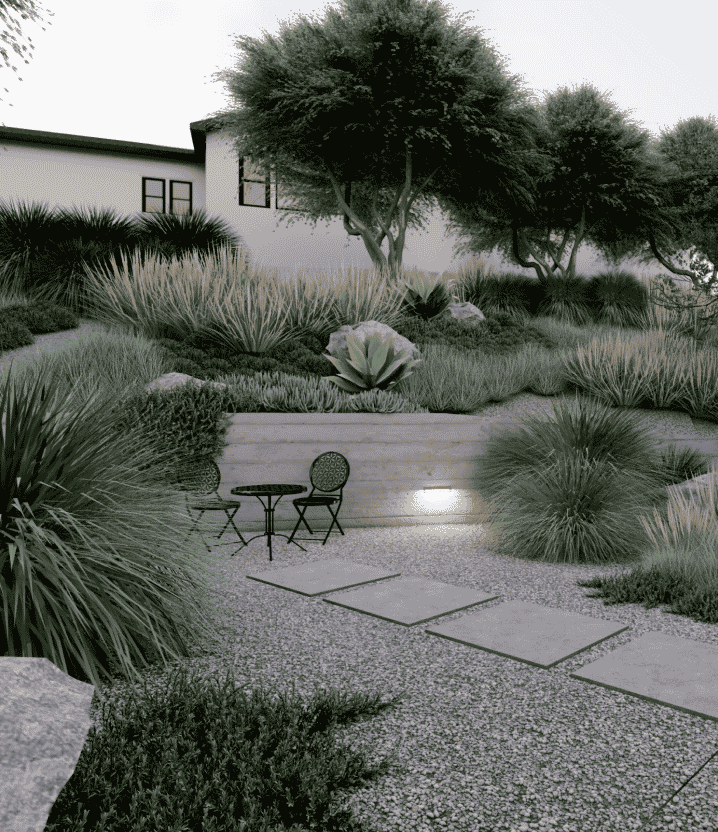Sustainable Landscape Design: Creating Eco-Friendly Outdoor Spaces
Creating an eco-friendly outdoor space is becoming increasingly important as we strive to protect our environment and reduce our carbon footprint. Sustainable landscape design offers a solution by integrating environmentally conscious elements into the planning and development of outdoor areas.
Benefits of Sustainable Landscape Design
1. Conservation of Resources: Sustainable landscape design focuses on water conservation by utilizing efficient irrigation systems and drought-tolerant plants. This helps minimize water waste and promotes the efficient use of this precious resource.
2. Biodiversity Preservation: By incorporating native plants and creating habitats for local wildlife, sustainable landscape design plays a vital role in preserving biodiversity. This helps maintain the natural balance of ecosystems and supports the overall health of the environment.
3. Reduction of Pollution: Sustainable landscape design reduces pollution through the use of organic fertilizers and natural pest control methods. By minimizing the use of harmful chemicals, it helps protect water sources and promotes a healthier environment for both humans and wildlife.
Principles of Sustainable Landscape Design
1. Native Plant Selection: Choosing native plants that are adapted to the local climate and soil conditions reduces the need for excessive watering, fertilizers, and pesticides. These plants are more resilient and require less maintenance, making them ideal for sustainable landscapes.
2. Efficient Water Management: Incorporating water-efficient irrigation systems such as drip irrigation and rainwater harvesting helps minimize water waste. Additionally, designing the landscape to capture and retain water reduces the need for constant watering.
3. Soil Health Improvement: Healthy soil is the foundation of sustainable landscapes. By adding organic matter, practicing proper soil erosion control, and avoiding harsh chemicals, the soil can retain moisture, support plant growth, and promote overall ecosystem health.
4. Wildlife-Friendly Elements: Creating habitats for wildlife by incorporating birdhouses, bat boxes, and pollinator-friendly plants not only enhances the biodiversity of the landscape but also promotes natural pest control and pollination.
5. Energy Efficiency: Strategic placement of trees and shrubs can provide shade, reducing the need for excessive air conditioning during hot summer months. This saves energy and reduces greenhouse gas emissions.
In conclusion, sustainable landscape design offers a holistic approach to creating outdoor spaces that are environmentally friendly, visually appealing, and functional. By following the principles of sustainable design, we can contribute to the preservation of our planet while enjoying the beauty of nature in our own backyard.
